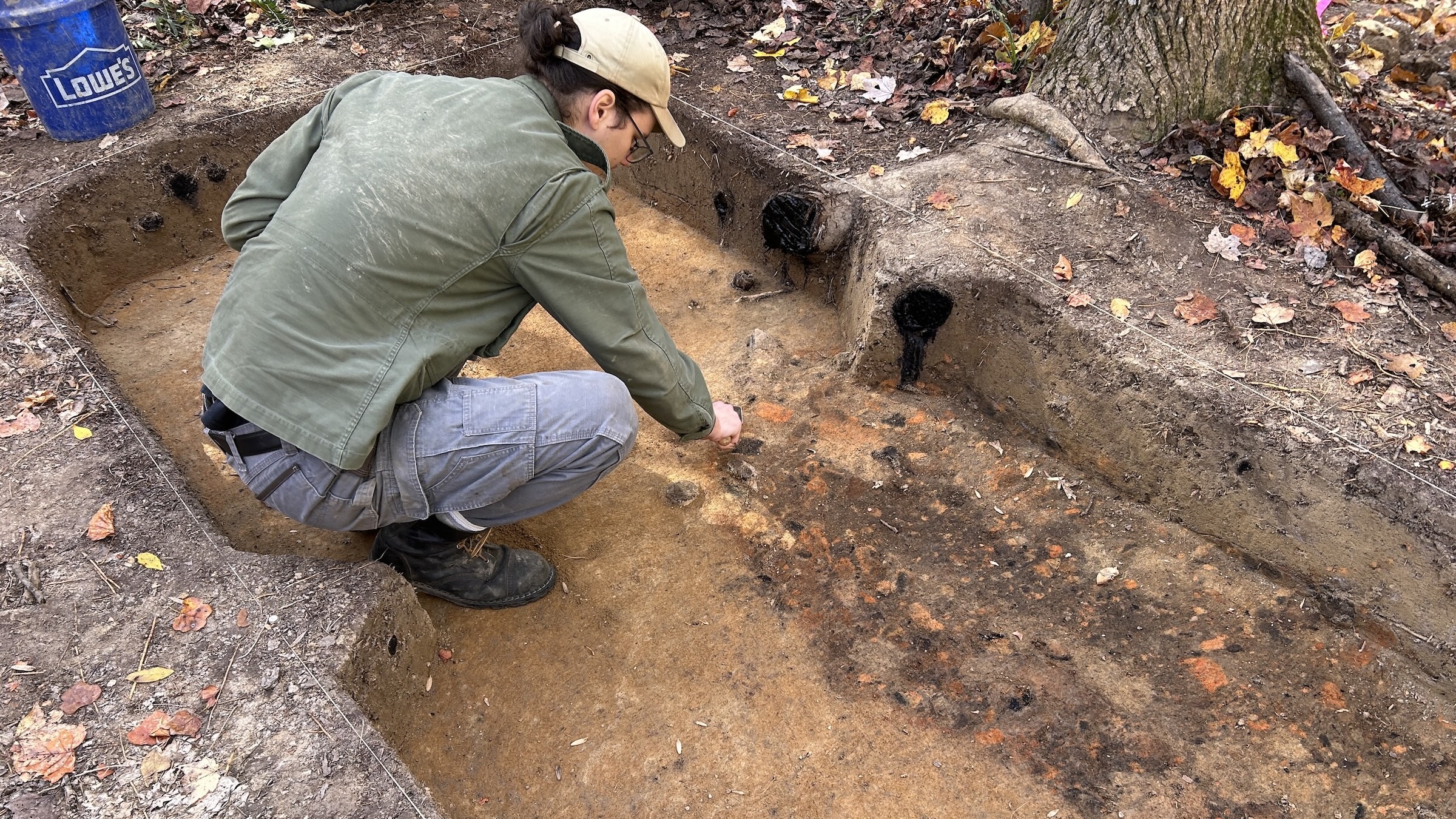
Sprawling Cities Getting Hotter Faster
The number of extreme hot summer days is increasing around the world with global warming, but sprawling cities are racking up these sweltering days faster than more compact cities are, a new study finds.
This finding could be important to city planners, particularly because heat waves are a killer worldwide (heat waves kill more U.S. residents than any other natural disaster) and the number of hot days is expected to increase as climate change ramps up.
Researchers at Georgia Tech examined the number of very hot days in 53 U.S. metropolitan regions between 1956 and 2005 to see if there were any differences in the number of hot days between both kinds of cities. (By the U.S. Census Bureau definition, a metropolitan region includes some counties surrounding a city proper.)
Examples of sprawling cities are Atlanta, Tampa and Grand Rapids, Mich., while Chicago, Boston and Baltimore are all examples of more compact urban areas.
The study found that for sprawling cities the annual number of very hot days had increased by 14.8 days on average over the five decades examined, compared to an increase of just 5.6 days for the most compact areas.
"These findings show that the pace of climate change is greater in sprawling cities than in others, which has not been shown before," said study leader Brian Stone of Georgia Tech. "Because severe heat kills more people on average per year than any other type of dangerous weather, residents of sprawling cities may be more vulnerable to this significant health threat posed by climate change."
A 1995 heat wave in Chicago killed 500 people over just five days, while the major 2003 European heat wave is estimated to have killed tens of thousands of people over a few months.
Get the world’s most fascinating discoveries delivered straight to your inbox.
Sprawl appeared to influence the frequency of hot days through its effect on local vegetation. The study found that between 1992 and 2001, the rate of deforestation in the most sprawling cities was more than double that of compact regions. Previous studies have attributed some of the urban heat island trend to loss of trees and other vegetation, which are replaced by roofs and paved surfaces that absorb and hold on to more heat
Extremely hot days were identified with the National Climatic Data Center's city-specific heat stress index that covers 187 cities.
Development patterns of cities were judged using a widely published metric developed in 2003 called the sprawl index. This index includes land-use data from the 2000 census to show features such as population density, proximity of commercial and residential buildings and street network patterns — all of which can indicate the level of sprawl in a city.
- Can Earth Survive?
- 10 Surprising Results of Global Warming
- Earth in the Balance: 7 Crucial Tipping Points
This article was provided by OurAmazingPlanet, a sister site to LiveScience.



